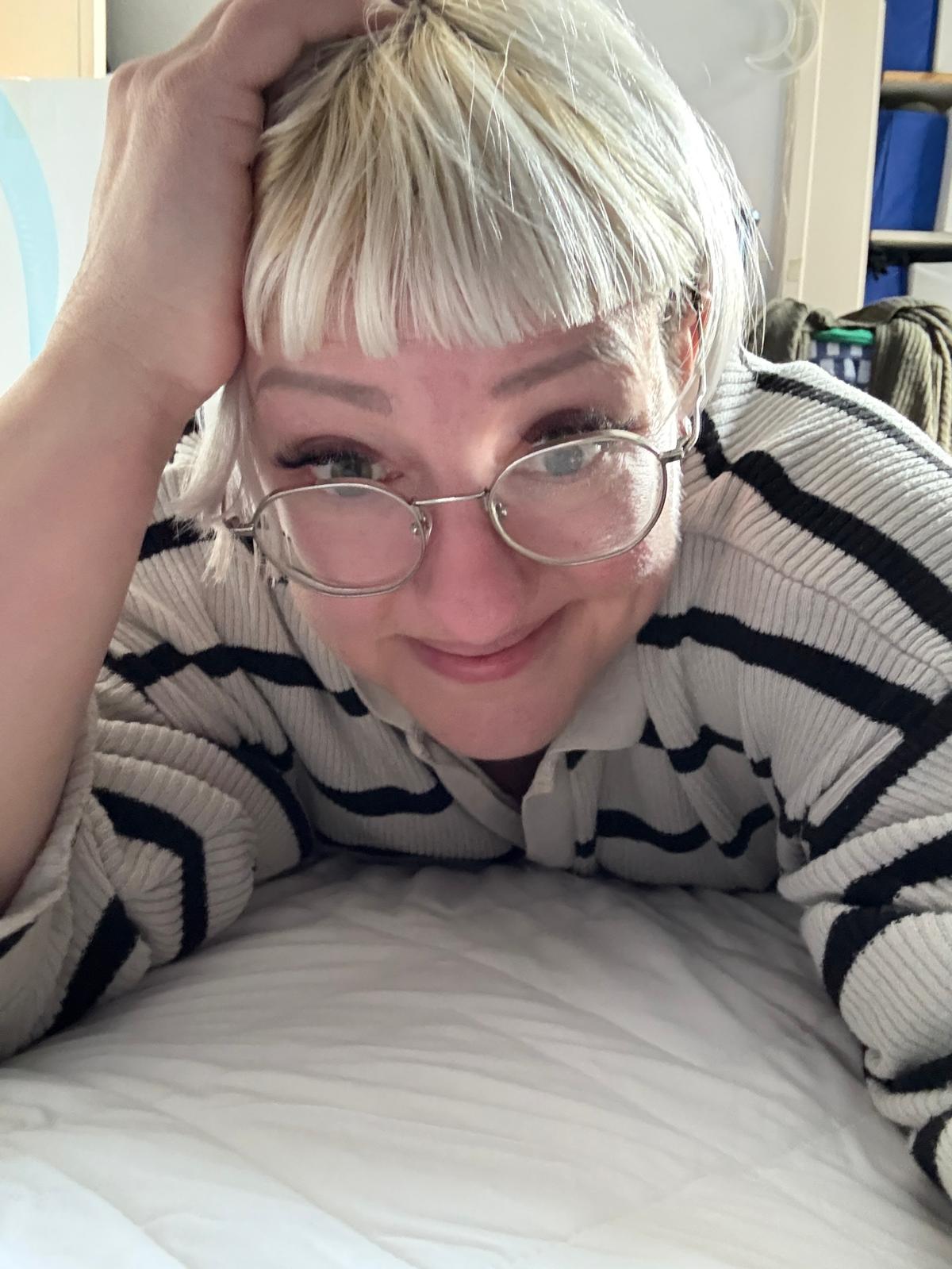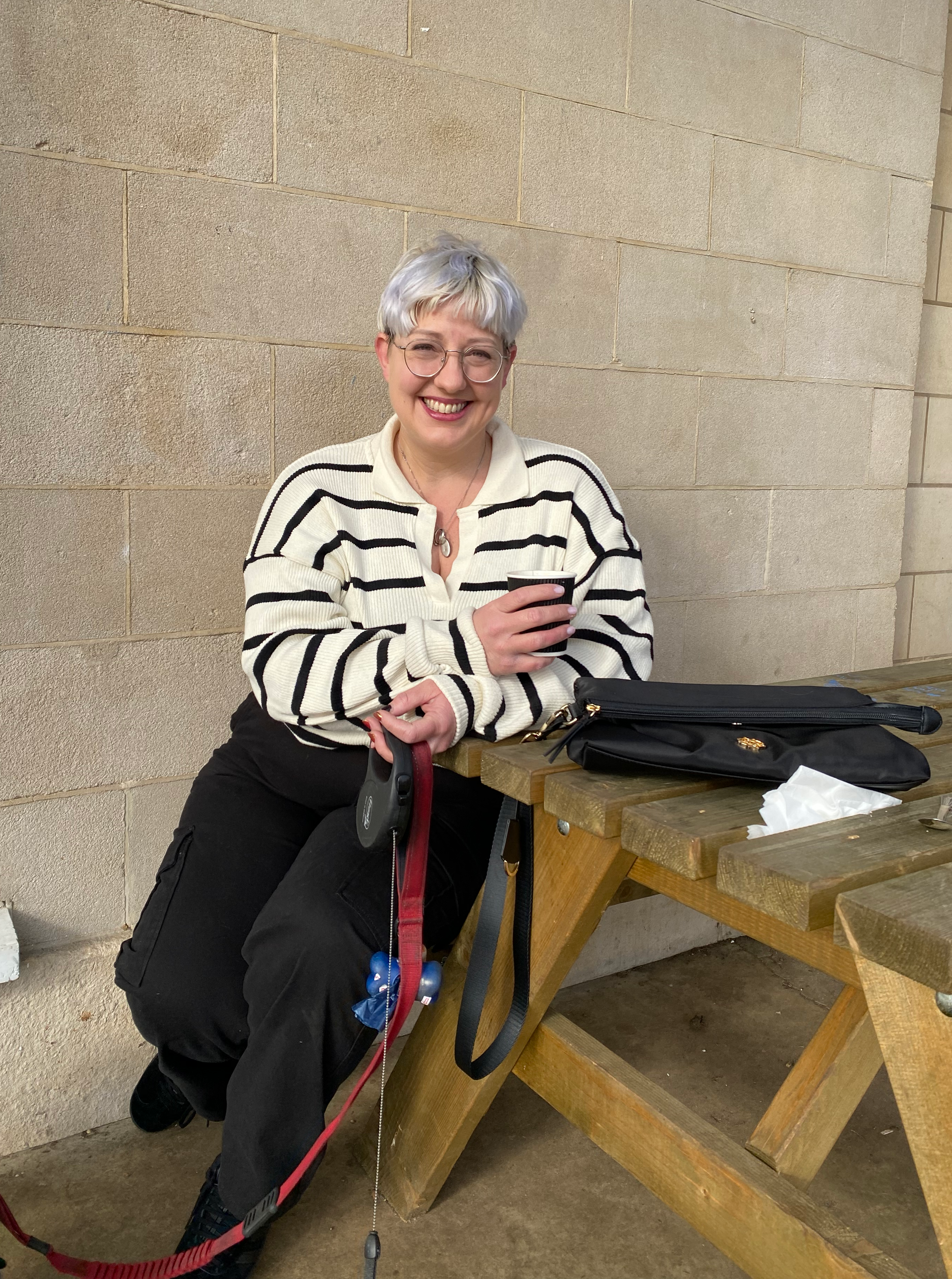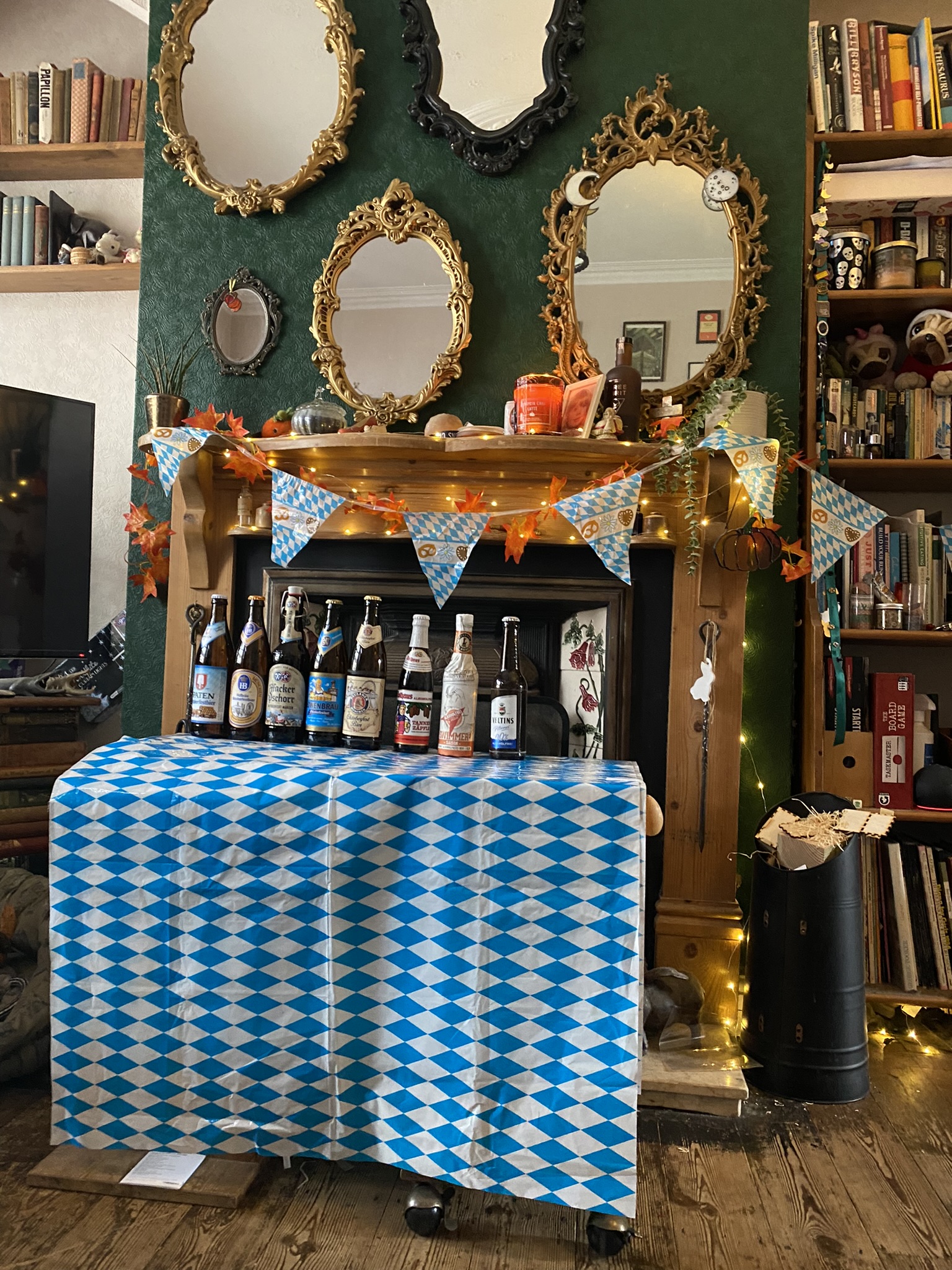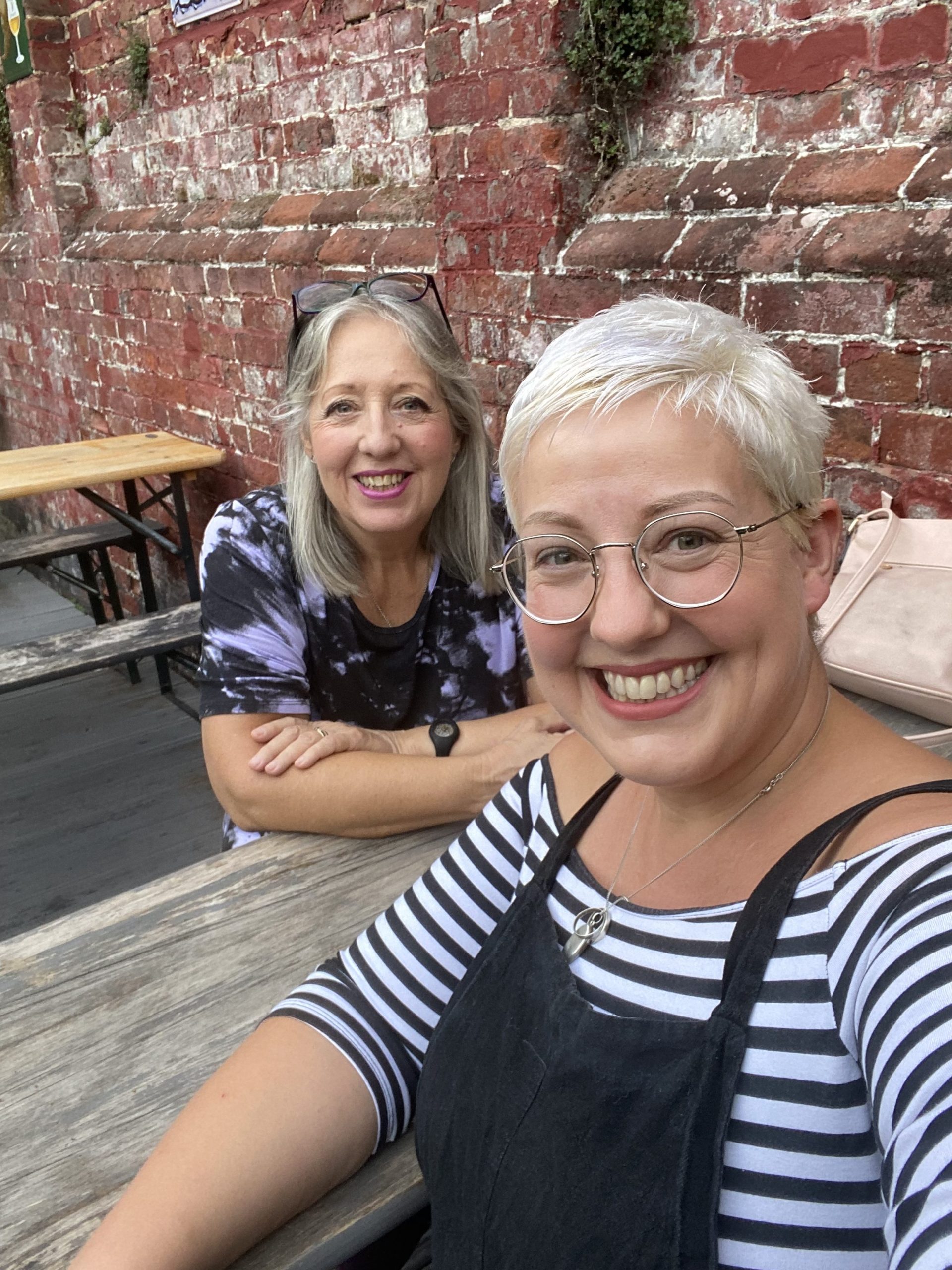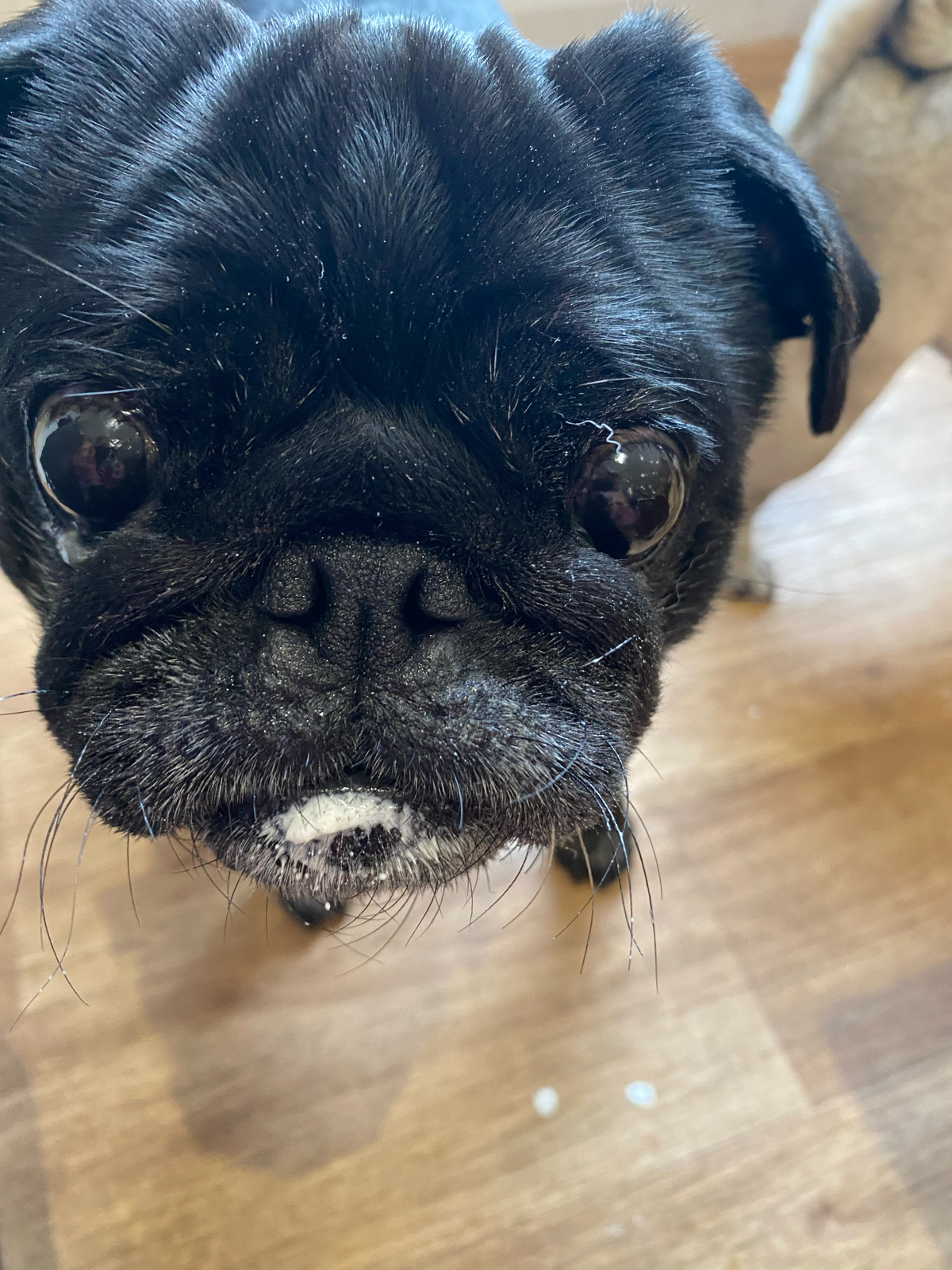I can’t quite believe I haven’t written about this already!
But it seems I haven’t. Whilst I’ve written about other aspects of the construction of an identity of “vintage” I’ve never actually talked about its relation to feminism and my feelings about it.
Lena from Style High Club has written an excellent post about a vintage identity and feminism. It, and the comments section, make fascinating reading. I urge you to go and read it!
It’s true that the images we see of women every day have a certain homogeneity about them. The modern cultural ideal is an identikit bambi legged, big haired, perma tanned woman in her mid 20s. All-girl pop bands have a pick ‘n’ mix quality. There’s no suggestion that these women have anything to offer beyond their appearance, we don’t even care if their singing voices are authentic. This isn’t about slating other women’s appearance, it’s about turning women’s presence in popular culture into a sexual fantasy. They are comodified, packaged and served on a platter. Buy these shoes and you could be as sexy and attractive to men as Cheryl Cole. Even Nicola from Girls Aloud has spoken out about her desperation to tone down her red hair and fake tan her pale skin to fit into the mould.
It’s easy to say that this isn’t new, 1950s Pin Ups weren’t exactly sold on their educational qualifications, and the idea of a woman whose goal was to marry a rich man and live happily ever after is hardly a new concept either. That’s why we had the “bra burning” feminists of the 60s and 70s. They stood up for the rights of women to be whatever they wanted to be.
In the 90s we had ladette culture, young women asserted their sexual independence by behaving as they saw men behave. Drinking pints of lager, getting fighty, having one night stands, yet always aggressively asserting their right to behave as they wanted to. It was a rebellion against their parents form of Feminism, the kind that saw them bare foot in a field praying to the earth goddess.
In the last 2 decades the internet has seen a progressive pornification of culture till it seems that women now feel that they can’t assert their own sexual independence, that they have no choice but to buy into this porn star, brainless ideal of female beauty and passive sexuality. They are modern day Stepford Wives, emotionally passive and sexually compliant. Brainwashed by television, magazines and the internet into thinking they can’t make emotional demands and that sexual liberation means always wanting to have sex.
You only have to watch the women chosen as the first wave of contestants to enter the “Celeb” Big Brother house (I only watched them go in so can’t talk about any subsequent contestants!) They were page 3 girls, models and “kiss and tell” girls, the only exception was Natalie Cassidy, largely famous these days for her weight loss and gain stories and plastic surgery. To see popular culture taking such a backward step in its portrayal of women in the modern world is sadly regressive. Seeing this kind of over sexualised bimboism dressed up as a form of feminism is even worse.
So, what about “vintage”?
Obviously vintage isn’t the only sub culture, but it’s been a long time since I’ve been able to classify myself as goth or an indie kid, so I talk about what I know! Cathy from Perditas Pursuit makes a very good point in the comments on Lena’s post that she has come across this kind of independent woman who dresses very “indie” or “goth”. In my experience it’s those women and girls with the confidence to break away from those cultural norms that are more likely to demonstrate an independent spirit, and the intelligence to deconstruct what they see presented to them as “ideal”. So maybe that explains why they’re so often the “different” ones.
But, back to vintage!
We’re not talking here about those pneumatic 1950s sex symbols. The Marilyn Monroe wannabes with breathy voices and pouty lips. That was the look society deemed attractive at the time, and those girls were just fitting in. What about the Women that chose that look now? Out of all the looks and lifestyles available they chose to be a breathy voiced Marilyn, or no nonsense Jayne Russell, or even a barefooted Sandy Shaw, but they want to work, socialise and earn their own money on their own terms.
I find this construction of identity as both feminine and feminist really interesting. I have come across people on my travels that for some reason think returning to an age when Women weren’t expected to worry their pretty little heads about complicated things like Politics would be a wonderful thing, but on the whole the “vintage” ladies I’ve met have been some of the most independent, forthright and modern girls I’ve ever come across.
Lena notes that often the women we take our inspiration from in the past tend to be those strong, ground breaking women.
often they take inspiration from those pioneers of feminism, the smoking, partying 1920s garconnes, the sports-playing, car-driving women of the 1930s, the home front workers of the war years, the 1950s office workers slowly edging their way into the work place and the sexually liberated dollybirds of the 1960s.
We pick and chose our role models, not looking to return to a previous time in history, but take those bits from it that we feel appeal to us, suit our bodies and our lifestyles. We might want to lose a few pounds or tone up, but on the whole “vintage” women blame the clothes, not their bodies. They say “I love the 60s look but it just looks terrible on me as I’m curvy” rather than “I’m far too fat to wear that dress”. They even say things like “I love the look but I mostly buy repro as 1940s Women were all tiny” rather than cursing their modern, well nourished bodies for not fitting into a dress designed for a body bred on rationing.
To me part of the look isn’t about recreating the past at all. It’s about a rejection of the current popular culture definition of “attractive” and my place in it. I don’t believe that I can’t be “attractive” if I’m not a hyper tanned size 6 with hips the same size as my waist. It’s not about rejecting fakery, there’s massive amounts of fakery involved, it’s about faking that I’m the best me I can be instead of the closest I can get to a version of what someone else wants me to be.
No amount of control underwear is going to give me much smaller hips (there are bones in the way!), longer legs or knock 10 years off my age. I can, however, take control of my own look. I can accentuate that 11 inch difference between my waist and hips, play up my naturally pale skin and wear dresses that use enough fabric to make an entire new wardrobe for The Saturdays. And no one can criticise for not conforming to the popular cultural ideals of beauty, because I’m quite obviously not trying to.
But is it Feminist?
A feminist doesn’t have to look a certain way. Surely that’s the whole point of feminism. The “hairy legged” feminist of the 70s was raging against an ideal of feminine beauty, just as I feel the “vintage” look is. I don’t think there’s anything wrong with wanting to be beautiful, it’s wanting to be beautiful on someone elses terms that’s the problem.
You can’t stop the Male Gaze (Unless we stop them having eyes) but we can stop pandering to it. A lot of people have issues with Burlesque and Pin Up being lumped with Vintage, but I feel this way about much Pin Up and Burlesque as well (I think you can’t help them getting lumped in when half the time the performers are wearing the same underwear on stage as vintage ladies often wear every day!).
The fact is that if you happen to be a straight woman, you’ll at some point want a man to find you attractive, and vice versa, but generally the images and acts in Burlesque and Pin Up aren’t constructed in the same pornified way that is the dominant cultural motif. They don’t say “find me attractive” they say “I AM attractive”. They’re not asking for confirmation of that fact from a male viewer, they already know it and they don’t really care if you disagree.
This is why it’s so irritating and shocking when idiotic men arrive at burlesque shows and shout “BOOBIES” at the performers, or comment on pin-up photos calling the models fat. Not because criticism isn’t allowed, but because they’re missing the point, trying to make this all about them and what they want to see, when it really never was. If you find them attractive, great, if not, then they’re not the one for you, it’s not for you to criticise them for failing to appeal to your needs.
The Vintage Girls I know are business women, students, and professionals and they have the critical faculties to realise that a life where washing your clothes takes 2 hours in the washing machine, Sainsburys deliver the shopping and domestic violence is unacceptable is a GOOD thing. However they also use those critical faculties to realise that we might have lost something along the way as well. That the over sexualised Woman of modern popular culture don’t do us any favours, that how you look sends a message to the world and that it’s important that women are in control of that message.
To some people the message might be “I want to be a housewife” but I think the message is “I deserve your respect”
Of course, these are just my thoughts on the issue, I want to know what YOU think?


